GRID 2 is a little embarrassing for me, for several reasons. Firstly, I’m in it. Take part in enough races and you will eventually find yourself on the grid next to an AI racer called Justin Towell.
This came about because I went to a preview event for GRID 2, where the assembled journalists were told that whoever posted the fastest time on the California track that day would be programmed into the game as an AI driver. Needless to say, I won.
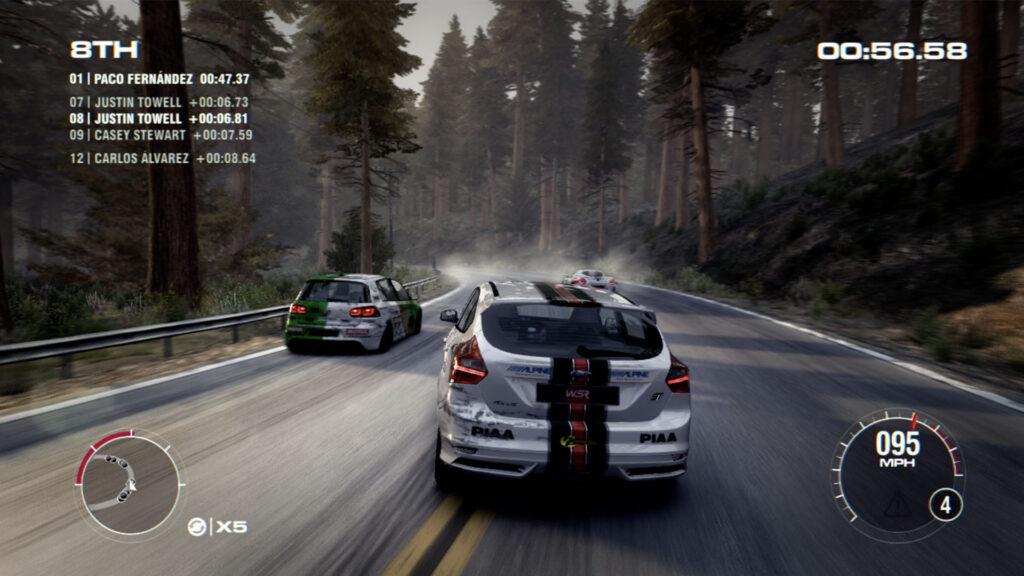
That backfired spectacularly because my editor and I agreed I had a moral obligation not to review a game I was in. Nobody had considered this and the lovely PR team sadly never ran a competition like that again.
I mean, I was massively on board with the premise, too. GRID 2, by rights, was set to be the best thing ever. I excitedly headlined my preview with: “We’ve played it. We’re calling it – Racing games will never be the same again”.
That’s the second embarrassing thing. You see, I wish I had reviewed it because I would have given the final game 7/10. GRID 2 was a major let-down and… well, I’m calling it now.
But time moves on and here we are, a decade later. I’ve said many times that I believe something went wrong in the racing genre in the early 2010s. Everything became gradually watered down, from crash damage to soundtracks, presentation style to track design.
GRID 2 might just be the true ‘last of the summer wine’ from the golden era that came before it. I say that because Codemasters Racing Studio took nearly five years to make this sequel to the original Race Driver GRID, and it still contains many of the elements that made that game great, mostly ignoring the crisis in confidence suffered by the parallel DIRT series.

But it still encapsulated an amazing moment of change in the world at large. YouTube was hitting its stride and was connected to the game for replay uploads. The announcer refers to ‘camera phones’, and the rendered images of social feeds have visible pixels, coming as it was from the days before super high-resolution screen displays were the norm.
There’s also a download code in the box that you have to put in to access the online mode. Those were the days when second-hand games were seen to be killing the industry, so if you wanted to play a used game, you had to give the publisher some money in order to access the disc’s full features. Amazing scenes.
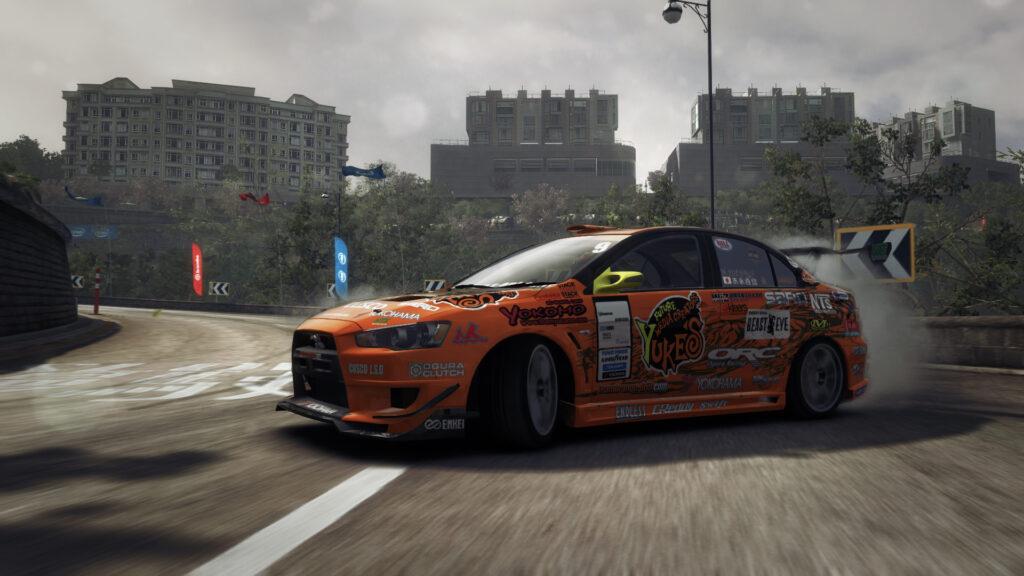
Also unusual by today’s standards, the game actively encourages you to drift in order to maintain momentum. If I remember correctly from that preview event, the entire handling model was reportedly scrapped quite close to the end of development, and rebuilt from scratch.
The result disappointed me at the time. I remember feeling like winning was just a matter of dabbing the handbrake before every corner, though I think that was an oversimplification. It’s actually more controllable than GRID Autosport on Wii, and more grounded and weighty than the original GRID. In fact, by today’s standards, it drives surprisingly well, if a little unpredictably.
Technically, it’s a bit messy by today’s standards. The Xbox 360 version drops quite a few frames and there’s a lot of screen tearing. It also sorely misses the helmet cam of the original. At the time, Codemasters explained that only 5% of gamers were using the cockpit cam, yet it needed some 15% of the processing power just to have it ready in case you wanted to switch to it, so they determined it would be better to spend those system resources on other things.
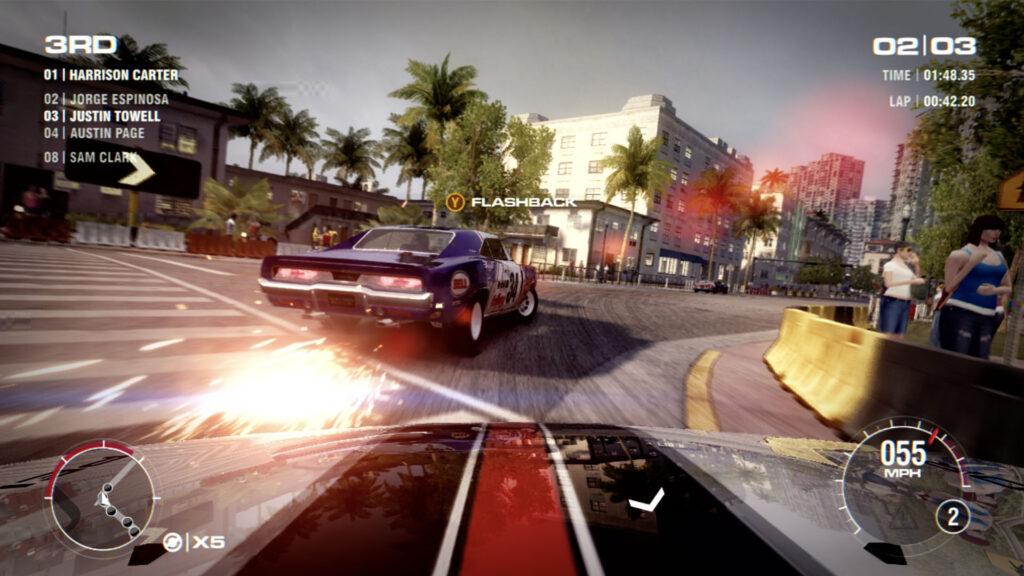
But not having in-car views available in replays hurts the game’s style, with everything feeling just a little less immediate – and less impressive – as a result.
There were some other big promises at release, like some events that would change the track layout from lap to lap. While you do occasionally notice a hairpin that wasn’t there last time round, it’s really not very obvious where it’s happening, making it rather redundant. And since a lot of people now are used to modern-day sat-navs, it doesn’t really matter if the corners are the same or not. You’re almost rallying as you follow the track diagram and simply react to turns based on that.
‘Scripted’ incidental events were also removed for the sequel, with the argument the game is exciting enough without them, but Race Driver: GRID did benefit from having cars smashing into tyre walls, flipping skyward as you slid past. Also dialled back is the in-game speech. You’ll sometimes get praised for a good turn, or told that it’s the last lap so time to push for first, but it’s less involved than before and, again, you feel more detached from the action as a result.
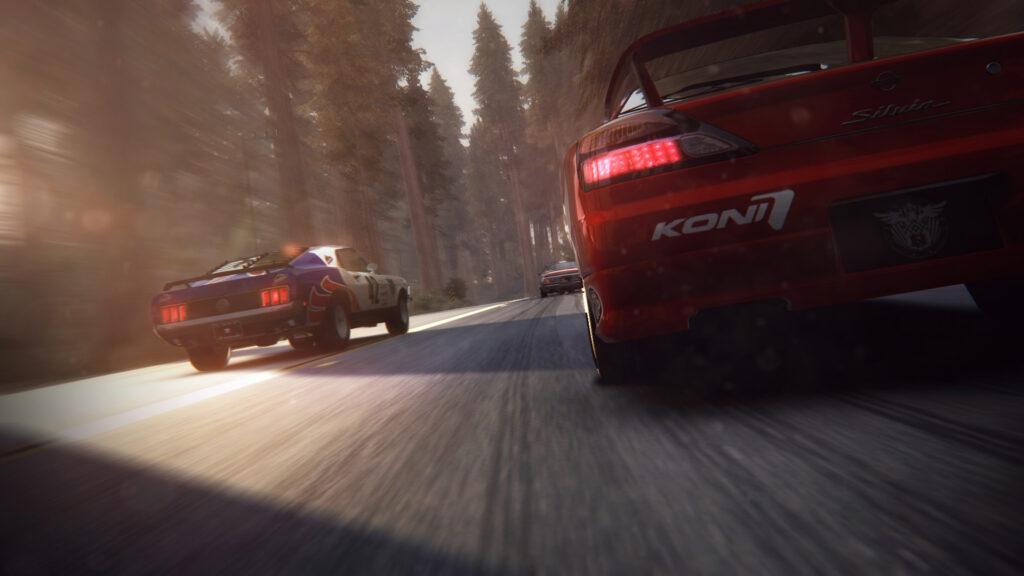
There are point-to-point races but no wet weather events. And while off-road itself was understandably reserved for the game’s stablemate series DIRT, there’s no denying GRID 2 feels less varied than its own predecessor. Ariel Atoms can’t make up for true open-wheeled single-seater championships, and the game does feel like you’re basically just doing the same things over and over in some very similar cars, albeit with some nice, sprawling roads to tame.
Track design is a dying art, so it is a treat to play a game from the era when track design was still valued, if less so than in the 1990s. There’s a spoken emphasis on choosing your braking point, although I have a funny story about that. Years later, a member of the dev team said ‘whenever you hit the brakes in old GRID, you were just turning up the in-game wind over your car to slow it down’.
I had assumed he was referring to GRID 1, but here it’s all I can see. I swear you can even hear the wind. Even so, these tracks reward actual driving skills, albeit with a deliciously arcadey slant that gives you more grip than you should have, by rights. In that regard, it’s very similar to 2019’s GRID reboot.
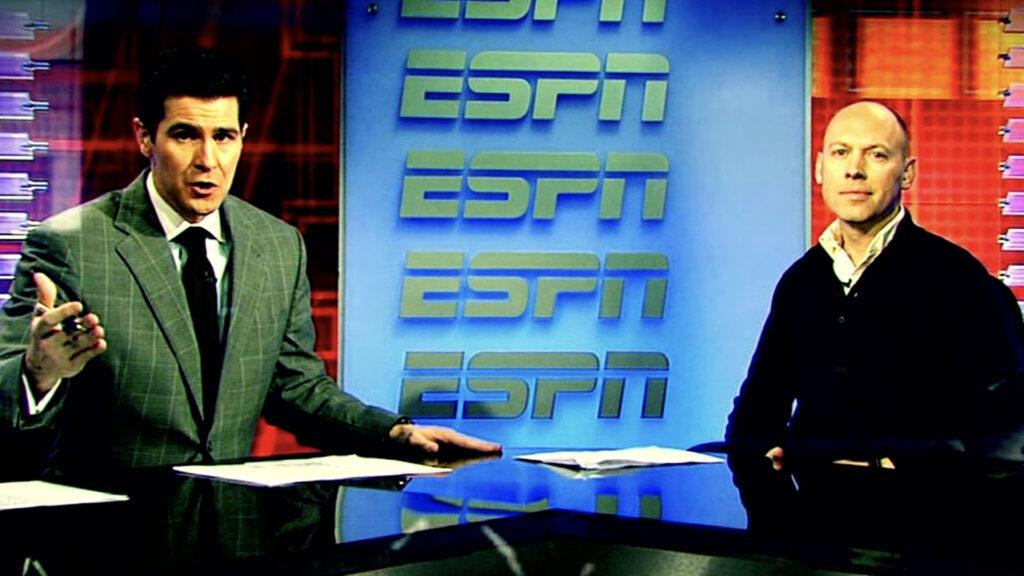
The final thing that this game did differently compared to its contemporaries was to do away with assists. There’s no suggested line, no ABS and absolutely no auto-braking. The team were confident they had designed a game that could be played and enjoyed by almost anyone, letting you feel what the car is doing thanks to (then) faster-than-Forza physics calculations.
It does work, and even when you get it wrong, the less-fragile cars won’t punish you too hard for a minor misdemeanour… while still letting you rip a wheel off the corner if you really screw things up. Wheels coming off? You just don’t see that any more in Codemasters racing games. For shame.
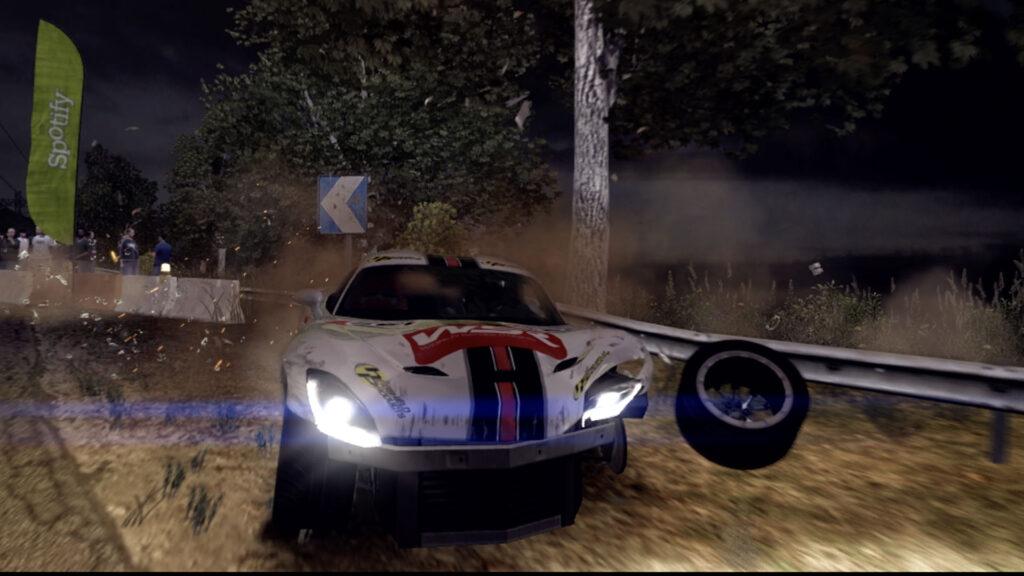
GRID 2 does have an obvious feeling of good quality, but I was expecting it to somehow be way better than I remembered. While it didn’t (couldn’t?) live up to my impossibly high expectations in 2013, even mediocre racing games from that era are actually pretty worthwhile by today’s lowered standards.
Alas, it still feels like a fumble, and it’s hard to say exactly why. For all of the progress, wonderful features and YouTube/ESPN-branded cut-scenes, the racing feels… ‘once-removed’, somehow. Maybe it’s that missing cockpit cam, and the in-game speech.
Or maybe my being in it has made me subconsciously uncomfortable about the whole thing. Will the real Justin Towell please stand up? I repeat, will the real Justin Towell please stand up? Um… we’re gonna have a problem here.


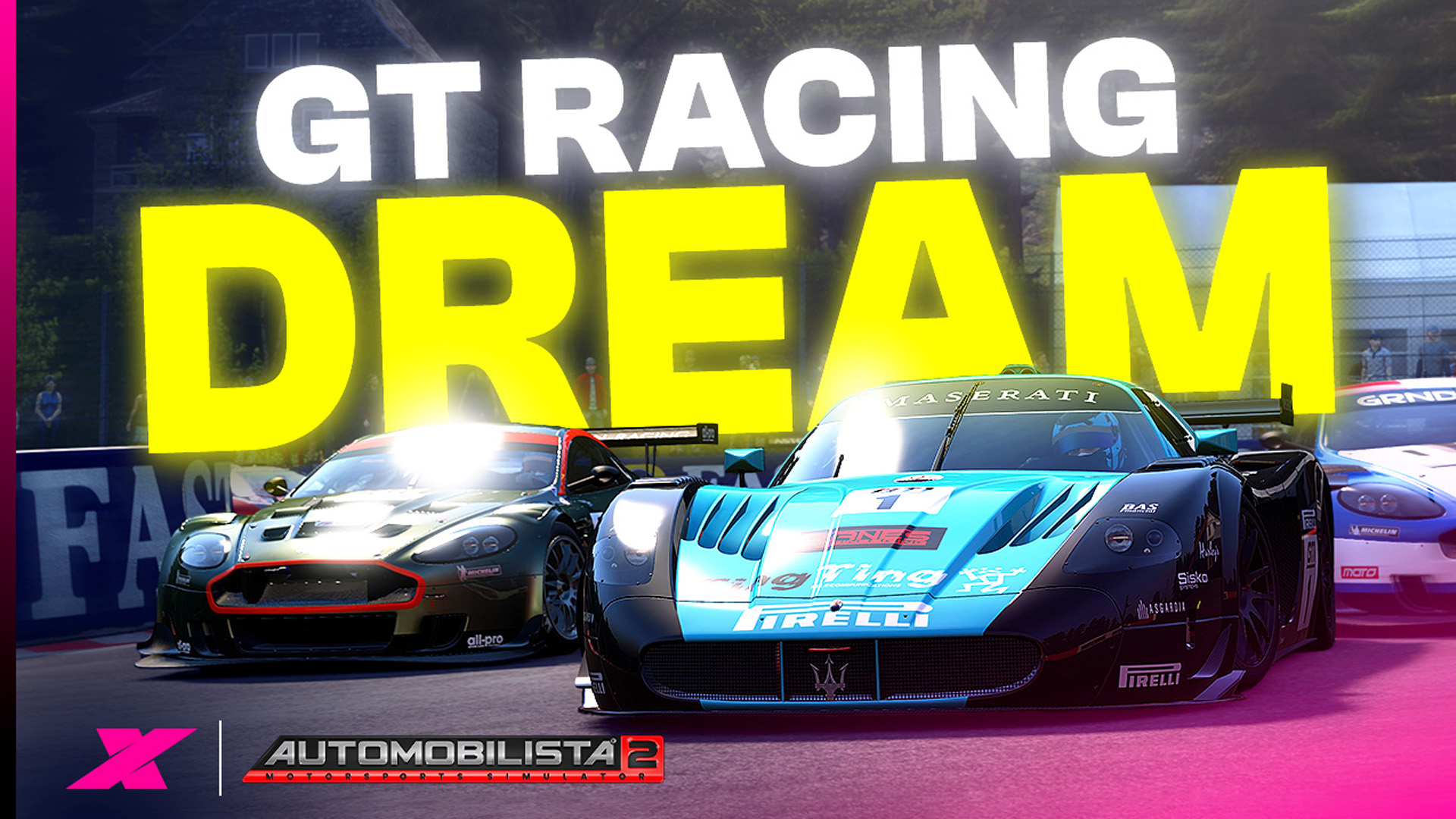
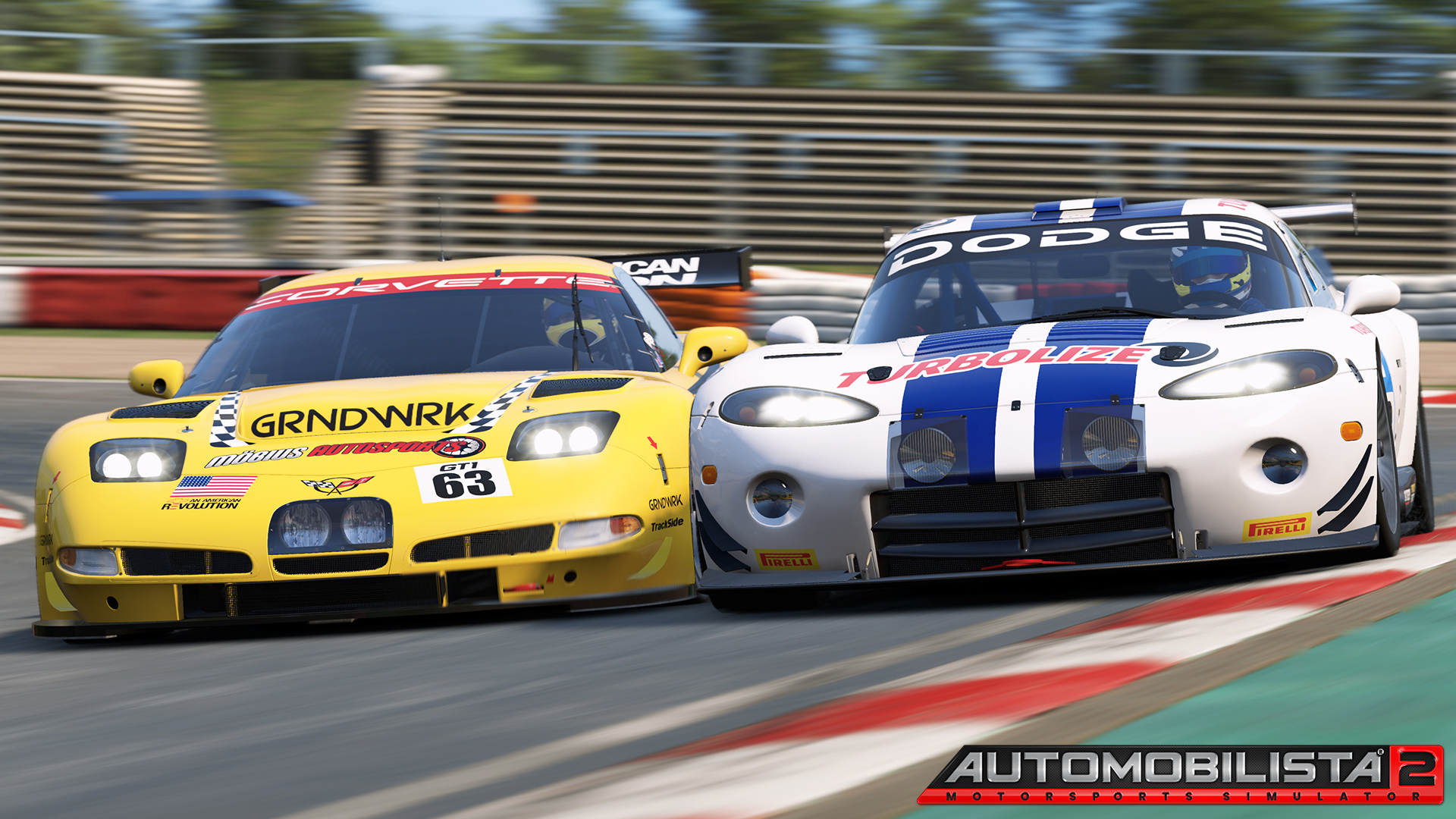
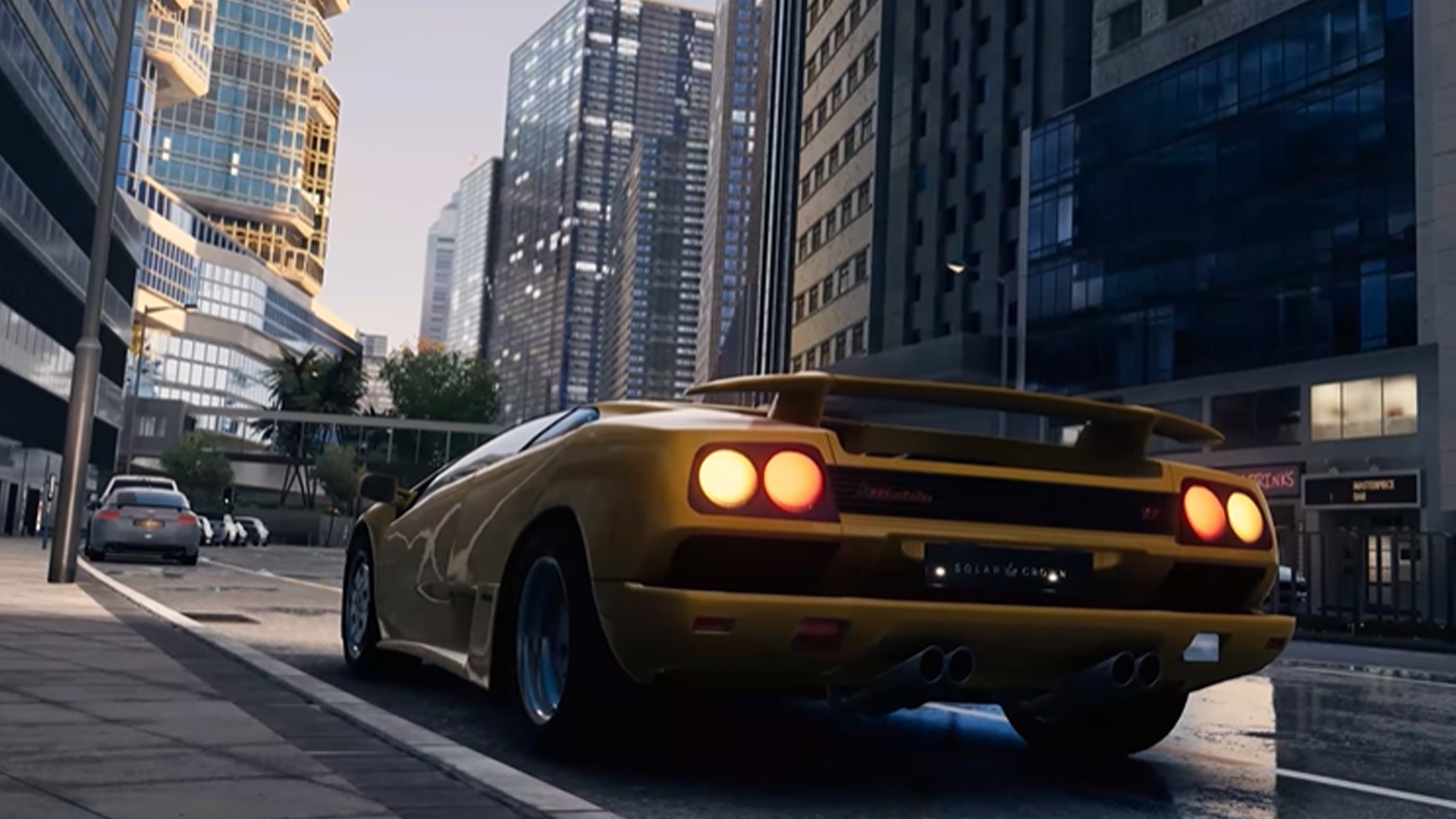
Chat with the Community
Sign Up To CommentIt's completely Free